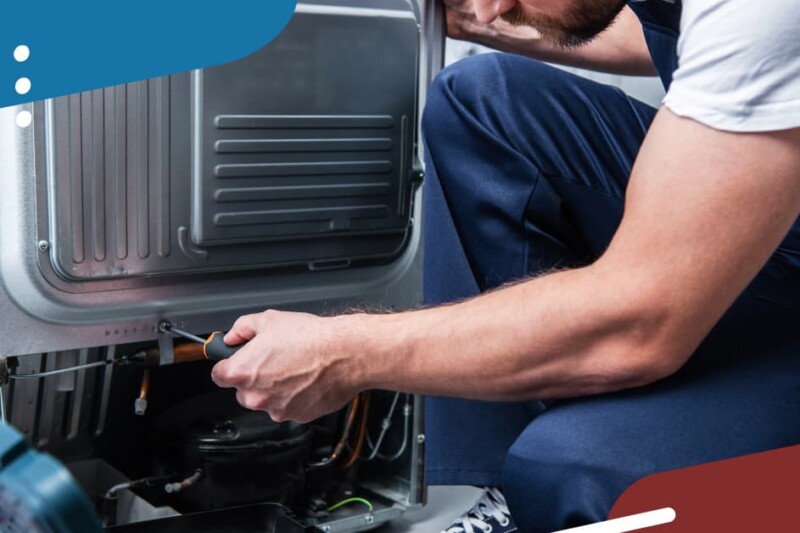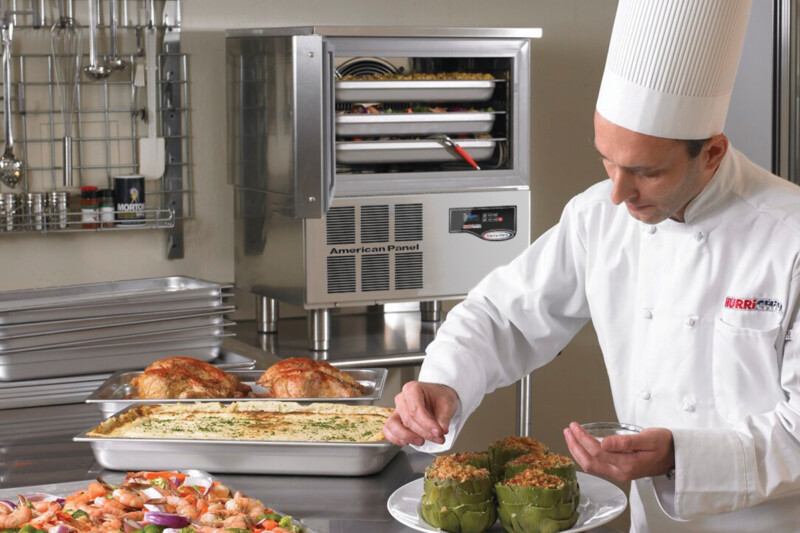SPONSORED CONTENT
5 Ways To Reduce Energy Use
Follow these steps toward a more energy-efficient kitchen.

Saving energy and water can help boost the bottom line and protect the environment. Investing in energy-efficient equipment marks one place to reduce energy consumption.
Energy-efficient equipment also can help attract and retain employees, as certain models emit less heat than standard versions and create a cooler kitchen, says David Zabrowski, vice president of energy consulting and research company Frontier Energy. Many models can maximize space through increased production capacity, too.
“Energy-efficient equipment has a greater use of the energy it’s using and allows you to get more from the equipment,” Zabrowksi says. For example, an operator could potentially replace three standard fryers with two energy-efficient versions.
Here are five more equipment-geared steps toward reducing energy use:
Look for the Energy Star symbol. It’s a simple way to know equipment runs efficiently. Energy Star-rated refrigerators and freezers, for example, are on average 20% more energy efficient than standard models. Certain utility companies across the country now offer instant rebates at the dealer level to help offset the purchase price of an energy-efficient model.
Implement a startup/shutdown schedule. “It’s one of those ‘it’s so obvious that everyone’s doing it’ except not everyone is,” Zabrowski says. Determine when equipment needs to be on and stick to that schedule. Don’t fire up everything hours before opening. In many cases, appliances can start up quickly and if employees can wait to turn them on, they will save energy.
Be proactive about maintenance. “This is particularly important for refrigeration equipment because it’s taking heat out of a confined space and moving it somewhere else,” Zabrowski says. “When the coils become dirty it becomes that much harder to release that heat into the other space, and the equipment has to work that much harder.” Brush the coils of debris about quarterly to improve the equipment’s performance and extend its life.
Continuously train employees. The foodservice industry has a high turnover rate, Zabrowski says, and employees need refreshers on how to make the most of the latest equipment technologies. If a combi oven offers a self-cleaning mode, for example, train them to use it. A dirty oven won’t run well.
Consider a different process. For savvy operators who have already taken many of these steps, he says, looking at the overall production process serves as the next move toward a more energy-efficient kitchen. In some cases, a finish-to-order versus a cook-to-order process could level out the load of certain equipment and more evenly distribute labor.
Beyond kitchen equipment, additional ways to save energy, according to the Energy Star Guide for Cafes, Restaurants and Commercial Kitchens, include cutting back on the use of patio heaters, installing new LED technology to light parking lots and repairing any leaks, especially hot water leaks.
To learn more information about the range of Liebherr Professional appliances, please visit home.liebherr.com.
RELATED CONTENT
- Advertisement -
- Advertisement -
- Advertisement -
- Advertisement -
TRENDING NOW
- Advertisement -
- Advertisement -


